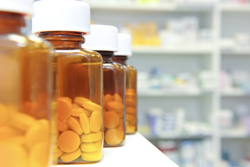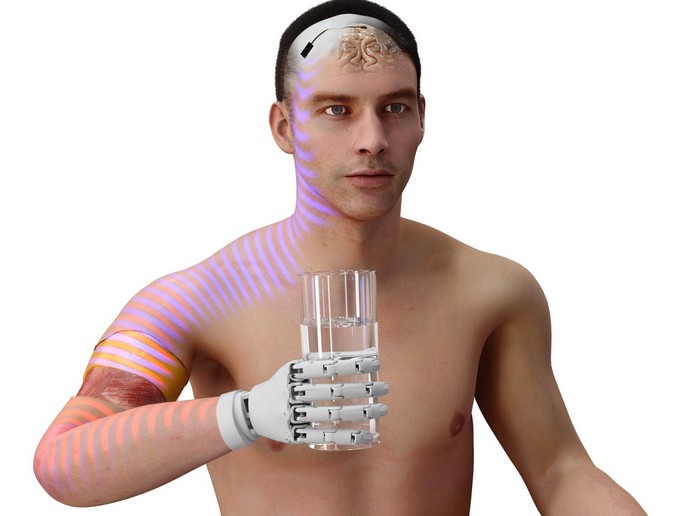Chemical counterfeit countermeasures
Counterfeiting and patent abuse are big business in the pharmaceutical industry. Together, they pose a big threat, both commercially and financially for the producer in Europe. Not only that, but consumer safety may be put in jeopardy, particularly with the advent of internet pharmacies. In order to prevent piracy and counterfeiting, isotopic techniques can be used to determine whether a molecule has been produced according to the patented process. In addition, chromatographic protocols can be applied to detect impurities and their sources. However, there are broadly two ways the counterfeiter can circumvent these controls. Firstly, if the pathways and organisms are very similar, they may be isotopically indistinguishable from the patented route. Also, when impurities hail from the feedstock or culture medium, an inconsistent impurity profile may result. Researchers in the appropriately named European project COUNTERPHARM have developed a protocol whereby these 'loopholes' can be closed. Basically, the product can be tagged by introducing a small known amount of ferulic acid at the feedstock stage. As a precursor to vanillin it will then be metabolised to produce the synthetic flavouring normally used to replace natural vanilla. This applied biotransformation process has been tested in a paracetamol production trial and was confirmed as a unique traceable tag. Not only does it serve as a recoverable metabolisable chemical tag but it is a cheap alternative to the use of expensive isotope-based tracers. Perfumes, agrochemicals and cosmetics can also be tagged with a manufacturer's chemical signature. As such, this anti-counterfeit method will help make possible the elimination of product fraud to safeguard the rights of both consumers and industry.







